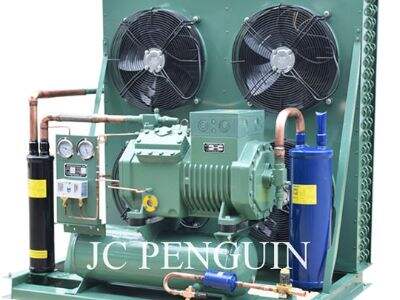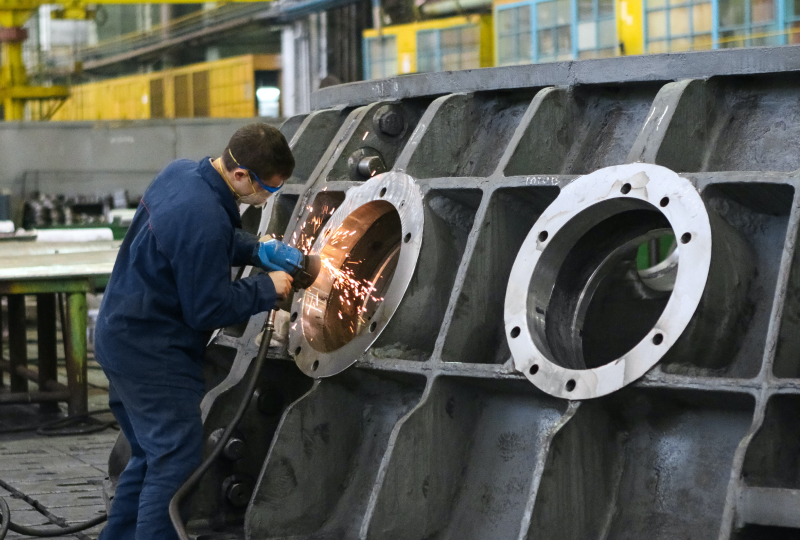Бул Пеппер клуб, Пингвин компрессорлору – нерсеге жакшы иштетүү үчүн жакшы машина. Бул компрессорлордун ичинде аны жарык кылып турган жүйө бар экенин билгенби? Бул түрдөгү жүйө суу менен суутулуучу компрессордук жүйө деп аталат.
Суу менен суутулуучу компрессордук жүйөнүн негизги компоненттери
Суу менен суутулуучу компрессордун бир нече маанилүү компоненттери бар, алар биргеликте иштейт. Биринчи бөлүк пистондуу компрессорлор , жүйөнүн жүрөгү. Аба же газ компрессор менен кысылып (кичине болот).
Компрессорду суу менен суутуу жана майлаш
Суу менен суутулуучу компрессордук жүйөдө суу, айрымдай эле, жакшы мааниге ээ. Ошондой эле компрессорду жакындоо компрессорлор жылытып, ашык жылынбайт. Ичинен жүрүп жатканда компрессор көп жылытат. Бул жылык суу тарабынан жутулуп, компрессорду коргойт.
Бул жерде суу компрессордун кыймылдаган бөлүктөрү токтоп калбайт дегенди камсыз кылат. Автомобилдин моторуна машиналык май керек болгондой эле, суу ичиндеги бардык бөлүктөрдүн жеңил аракет жасоосуна жана тосулбай туруусуна шарттар жасайт.
Компрессор системасынын суу агымы үчүн акылдуу антиретинизация
Компрессор системасы аркылуу керектүү суу көлөмүн камсыз кылуу маанилүү. Суунун агымы аз болушу компрессордун сыйкырчылар кызуу болуп, иштен чыгып калуусуна алып келет. Суу агымы артык болушу менен пайда боло турган башка көйгөйлөр да бар.
Суу агымын тура дүрөст сактоо үчүн суу деңгээлин текшерүү менен бирге түтүктөр жана клапандардын дүрөст иштөөсүн камсыз кылуу зарыл. Penguin Compressors компрессорлору суу агымын текшерүү жана аны башкарууга жардам берген түзүлүштөр менен жасалып чыккан, ошондуктан пайдалануучулар бардыгын жакшы иштөө шартында сактоо үчүн ыңгайлуу шарт жаратылат.
Жылу алмаштыргыч суу менен суутулуучу компрессор системасы менен кантип иштейт
Бул жылу алмашуу машинаңыздын бузулушуна жана бузулушуна жардам берет. Суу өткөн сайын, ал компрессордон алынган жылын алады. Бул жылы суу жылу алмаштыргыч аркылуу өтөт жана аба менен жөнөтүлөт.

 AR
AR
 FR
FR
 DE
DE
 JA
JA
 KO
KO
 PL
PL
 PT
PT
 RU
RU
 ES
ES
 TL
TL
 ID
ID
 VI
VI
 TH
TH
 TR
TR
 MS
MS
 BN
BN
 LO
LO
 MN
MN
 MY
MY
 KK
KK
 TG
TG
 UZ
UZ
 KY
KY




